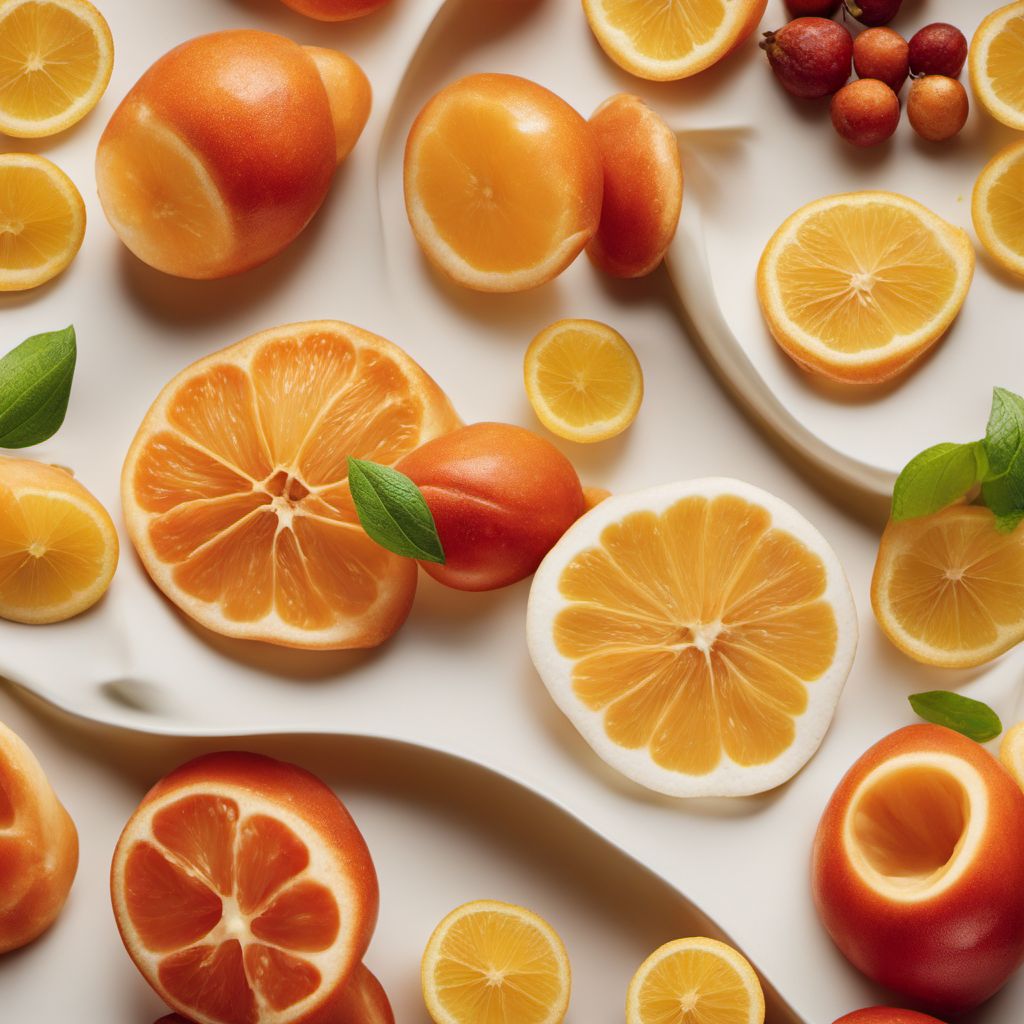
Ingredient
Fresh pasta
The Art of Homemade Pasta
Fresh pasta is made from a simple combination of flour and eggs, resulting in a tender and delicate texture. It has a rich, savory taste and a smooth, silky mouthfeel. Its appearance varies depending on the shape, ranging from long strands to stuffed pockets. Fresh pasta is often preferred over dried pasta for its superior taste and texture.
Origins and history
Fresh pasta has its roots in ancient Italy, where it was traditionally made by hand. It has since become a beloved culinary tradition, with each region boasting its own unique pasta shapes and recipes. Pasta has played a significant role in Italian culture, symbolizing family, tradition, and the art of homemade cooking.
Nutritional information
Fresh pasta is a good source of carbohydrates and protein, providing energy and essential amino acids. It also contains small amounts of vitamins and minerals, such as iron and B vitamins. The nutritional content may vary depending on the specific recipe and type of flour used.
Allergens
Contains gluten and eggs.
How to select
When selecting fresh pasta, look for a vibrant, yellow color and a slightly firm texture. Avoid pasta that appears dry or discolored. Opt for locally made or artisanal options for the best quality and flavor.
Storage recommendations
To maintain the freshness of fresh pasta, store it in the refrigerator in an airtight container or wrapped tightly in plastic wrap. Use it within a few days for optimal taste and texture. Avoid freezing fresh pasta, as it can alter the texture and quality.
How to produce
Fresh pasta can be produced at home by combining all-purpose flour and eggs. With a few simple ingredients and a pasta machine or rolling pin, anyone can create their own delicious pasta from scratch.
Preparation tips
To prepare fresh pasta, bring a large pot of salted water to a boil and cook the pasta until al dente, typically around 2-3 minutes. Toss it with your favorite sauce or use it as a base for various Italian dishes, such as lasagna, fettuccine Alfredo, or tortellini soup.
Substitutions
Dried pasta, such as spaghetti or linguine, can be used as a substitute for fresh pasta. However, keep in mind that the texture and cooking time may differ. Gluten-free pasta made from alternative flours, like rice or corn, can be used as a substitute for those with dietary restrictions.
Culinary uses
Fresh pasta is commonly used in Italian cuisine, where it serves as the foundation for dishes like spaghetti carbonara, tagliatelle Bolognese, and lasagna. It can also be used in soups, salads, and casseroles, offering endless possibilities for creativity in the kitchen.
Availability
Commonly available in Italy and other Mediterranean countries. It can also be found in specialty Italian markets or gourmet food stores worldwide.
More ingredients from this category
Recipes using Fresh pasta » Browse all

Creamy Pasta with Haitian Twist
Savory Pasta Creole Delight
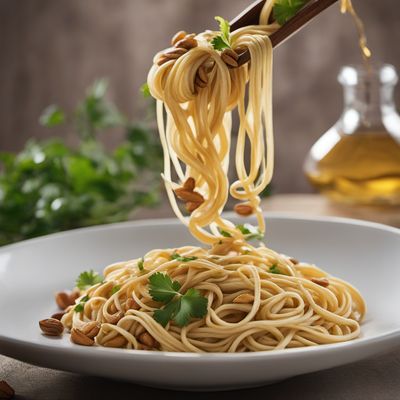
Creamy Linguine with Cashews
Indulgent Cashew Linguine: A Fusion of Creaminess and Indonesian Arab Flavors
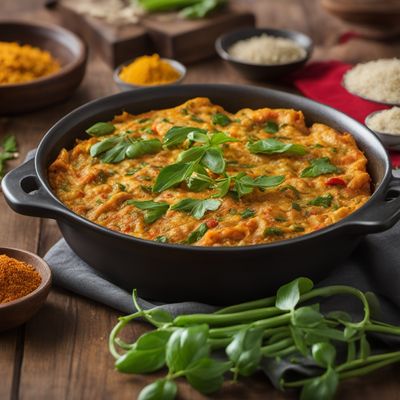
Sri Lankan Spicy Pasta Frittata
Fiery Fusion: Sri Lankan Spicy Pasta Frittata

Baasto iyo suugo (Somali Pasta with Tomato Sauce)
Savory Somali Pasta Delight
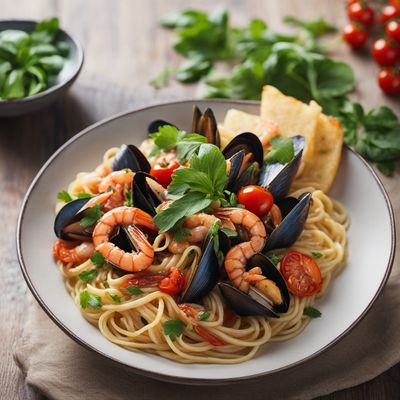
Italian-style Seafood Pasta
Mediterranean Delight: Italian-style Seafood Pasta
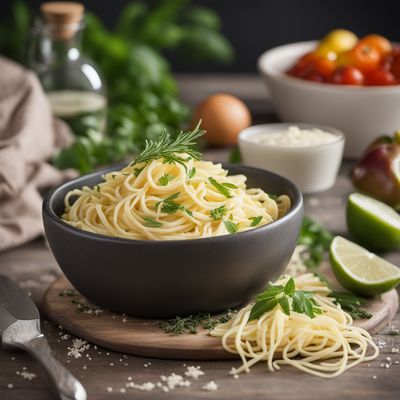
Kasnudeln with Herb Butter
Savory Cheese-Filled Pasta Delight

Tajarin with White Truffle Sauce
Indulge in the Aromatic Delights of Tajarin with White Truffle Sauce

Corsican Fanzelto with Herbed Tomato Sauce
Mediterranean Delight: Corsican Fanzelto with Fragrant Tomato Sauce

Tagliatelle al ragù alla Bolognese
Hollandse Tagliatelle met Rundvleesragout

Mexican-style Fettuccine with Queso Fresco
Fettuccine Mexicano: A Cheesy Twist on a Classic Pasta Dish

Fettuccine Burro e Parmigiano
Creamy Parmesan Fettuccine

Baked Ziti with a Twist
Cheesy Baked Ziti Delight

